In mid-March we had a public holiday so we decided to spend the morning in Valletta, concentrating on the area beyond the Grandmaster's Palace. I call this 'the other Valletta'. Unlike the more commercial upper half, between City Gate and the Grandmaster's Palace, the lower half is mainly residential. There are no high-street stores there, just small shops like groceries, ironmongeries, bakeries and so on, catering for the residents' needs. There are a few restaurants, here and there, and some boutique hotels, but it's much quieter and has a very different vibe from upper Valletta.
Tuesday, 20 April 2021
The 'Other' Valletta
Our first stop was at the Siege Bell Memorial that is located right at the end of the peninsula on which Valletta is built. The Siege Bell Memorial was inaugurated in 1992 by HM Queen Elizabeth II to commemorate the 50th anniversary since Malta was awarded the George Cross by her father, King George VI. Malta suffered heavy bombardments between June 1940 and the end of 1942 that resulted in the loss of 7000 civilians and servicemen and women. Malta emerged from the conflict as the most heavily bombed place in the world. If you're interested, you can read more about Malta's role in the conflict in this informative article by Conan White: The Island Everyone Wanted.
The Siege Bell Memorial consists of a colonnaded belfry that surrounds a heavy bronze bell. The siege bell tolls everyday at noon in remembrance of the fallen. A reclining figure in bronze that protrudes over the parapet represents all the unknown dead.
The Lower Barrakka Gardens are located just across the road from the Siege Bell War Memorial. They are smaller and more intimate than their counterpart, the Upper Barrakka Gardens that are located close to the Malta Stock Exchange and the Auberge de Castille, which houses the Office of the Prime Minister.
Dominating the Lower Barrakka Gardens is a monument in the shape of a neo-classical Greek temple dedicated to Sir Alexander Ball, the first, and much-loved, Civil Commissioner of Malta.
There are spectacular of Grand Harbour from both the Upper and Lower Barrakka Gardens, but the latter are generally more peaceful and secluded and a perfect place to wind down. The Lower Barrakka gardens are my favourite of the two.
After exiting the Lower Barrakka Gardens and crossing the road we plunged into one of the shady side streets intent on exploring this residential quarter, stopping every now and then to admire some architectural or quirky detail that stood out from its surroundings. I'm sure that, by now, you all know how small Valletta is, so it will probably surprise you to learn that I haven't ventured into these streets for many years (around 20 to be exact) and I definitely felt a bit like a tourist. The best thing is that, even though we were there during the first week of another semi-lockdown, this part of the city is quiet even on normal days and it is possible to walk around without too many interruptions. Here are a few of the things that caught my eye:
When Valletta was being built, one of the requirements for prospective home owners was that houses on corner lots had to be embellished with niches or statues. These usually depicted religious figures like saints or angels. In the photos below you can see St Roque (Rocco) patron saint of dogs and dog lovers and protector against the plagues; and Michael the archange,l who is always depicted in his eternal struggle with Satan. (Here I would like to thank Niches of Malta who I follow on Instagram for enhancing my scant knowledge of Catholic iconography).
No house in Valletta is complete without the ubiquitous balcony. They come in all shapes, sizes and colours but some are more interesting than others.
The balcony of this house, which was built in 1776 according to a plaque over the front door, is very unusual in shape and I've never seen another like it in Malta.
I also admired the exquisite details of these lion heads carved on the balcony supports of another house. I think they look very realistic and quite fierce.
This part of Valletta is not lacking in colour and many doors, window frames and shutters are painted in deep hues that create a vivid contrast when compared to the paler colour of the local limestone.
Although some shops and houses in this area have been abandoned for years, others are newly renovated, resulting in an interesting mixture of patina and freshness.
By now it was past noon and we were feeling really hungry so we walked to Casa Sotto in Archbishop Street for a 'pinsa romana' (thankfully they are open for take-away). Pinsa is a salty focaccia of Roman origins which is rectangular or oval in shape and that is said to be descended from a recipe of ancient Rome. In reality, it is a flatbread that comes in a variety of different toppings. It doesn't get better than that, in my opinion, and to have a little bit of Rome in the heart of Valletta is just sublime.
And today I will leave you with this endearing photo of one of Valletta's cats that looked like it had just discarded a cigarette butt. I hope you enjoyed this little tour of the 'other' Valletta..
Location: Valletta, March 2021
More about Valletta:
Labels:
Malta
Similar Posts
9 comments
Thanks for stopping by. I read and appreciate every one of your comments. Due to the new setting I had to make to allow Comments from people who do not have a Blogger account, it is not possible for me to reply to each comment individually but I will try to do so in some other way.
If you're still having problems leaving a comment you can email me at: stories.scribbles@gmail.com
Spam and offensive comments will be deleted.
Subscribe to:
Post Comments (Atom)
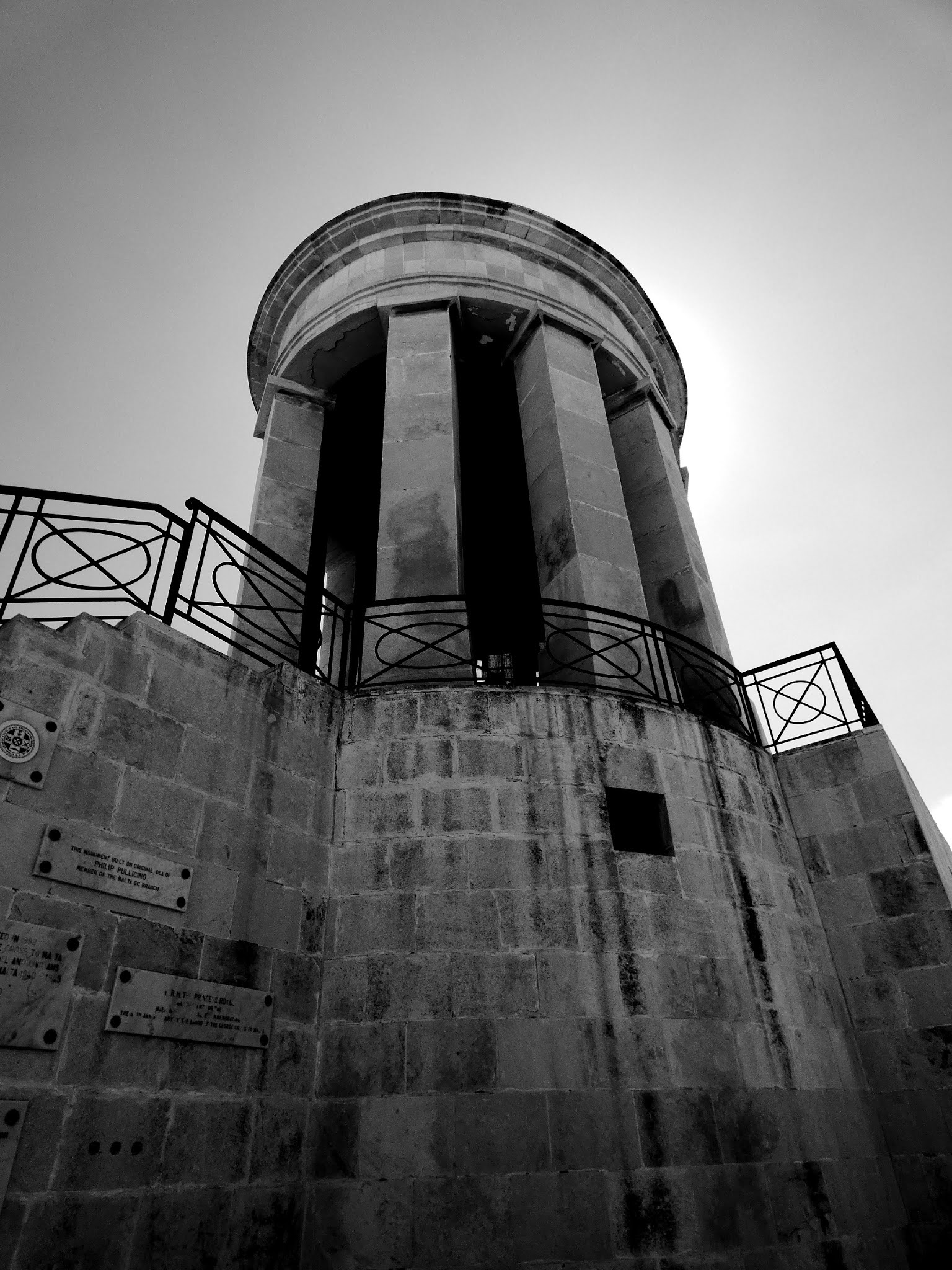

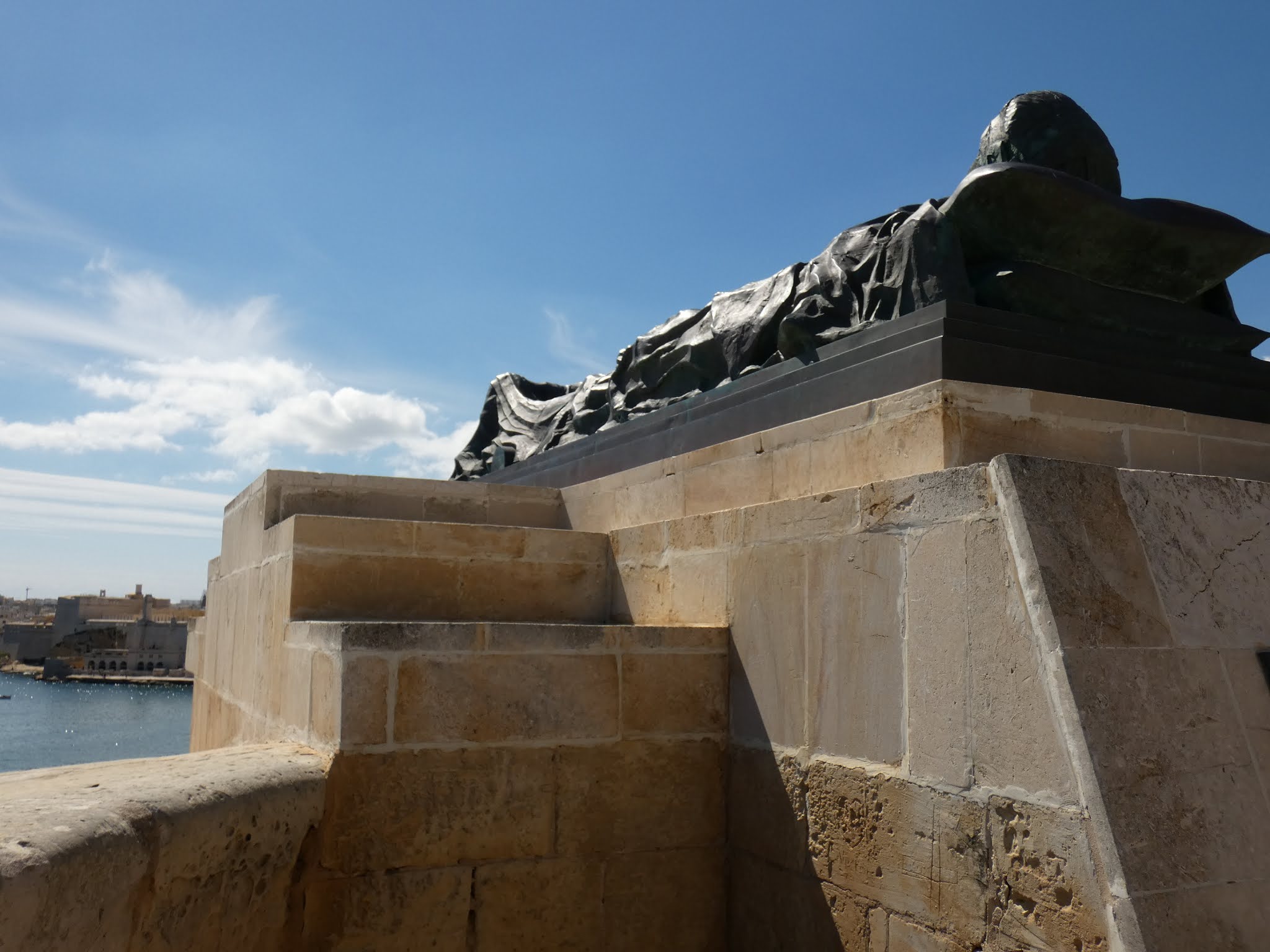






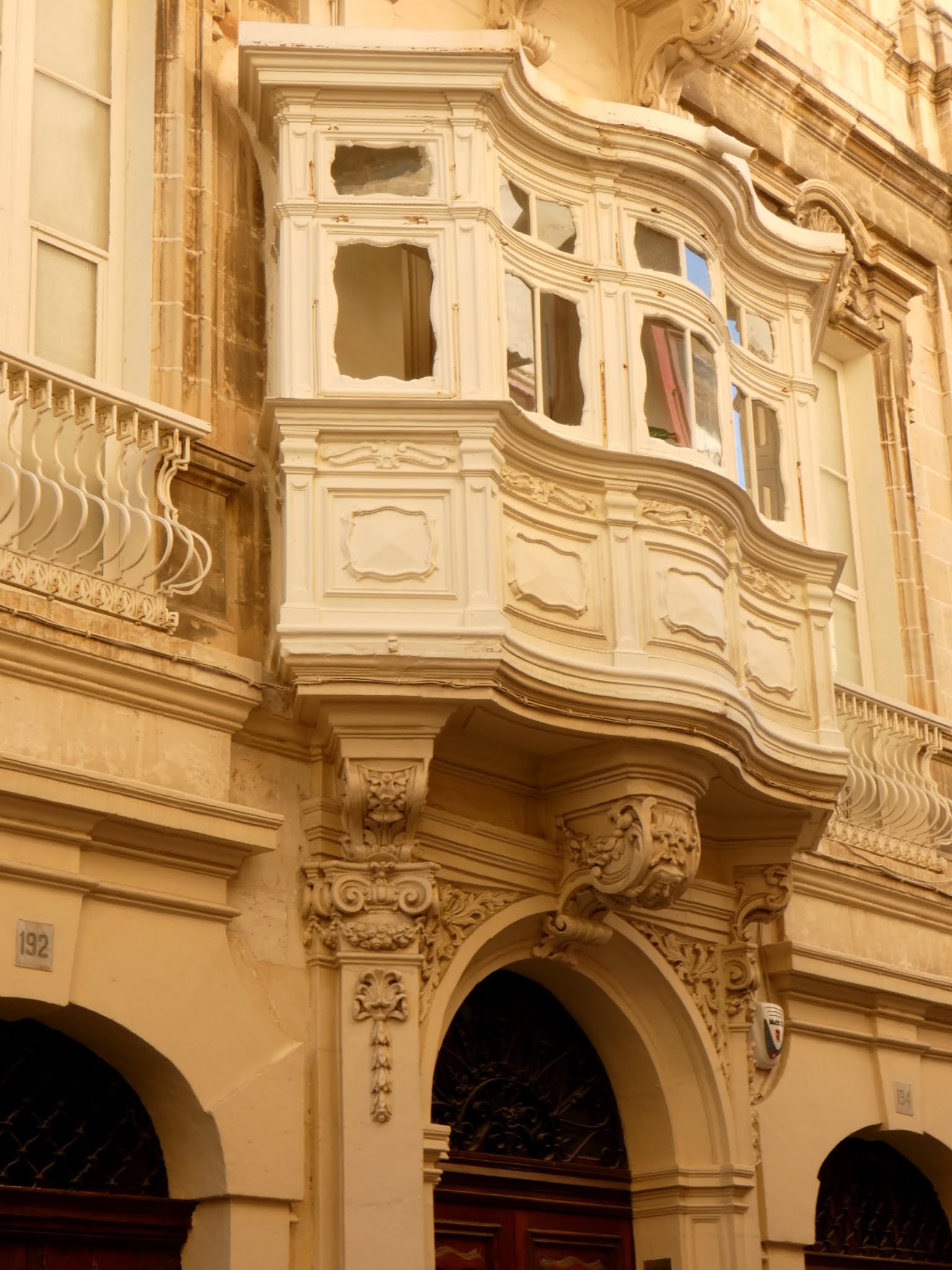
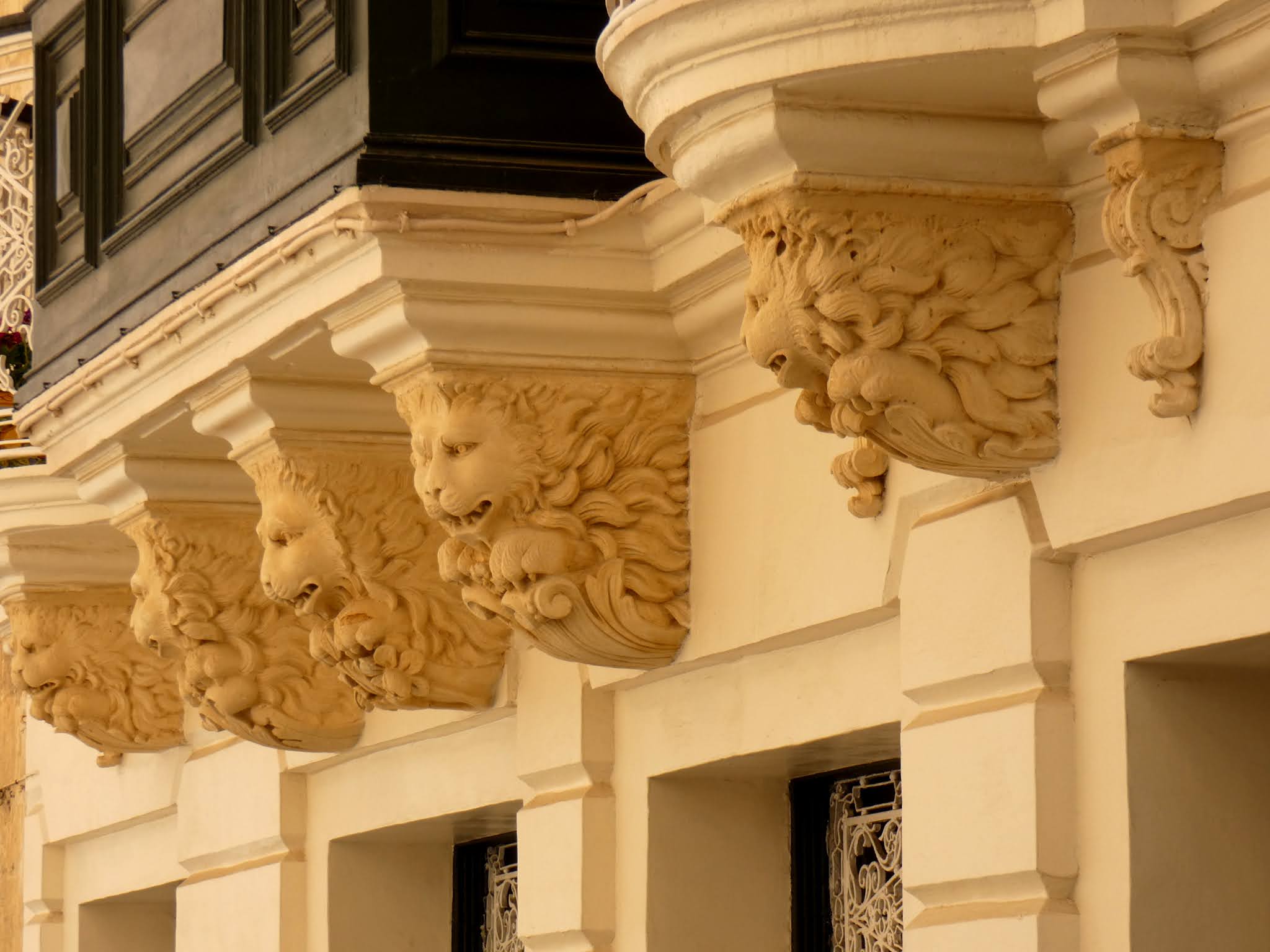


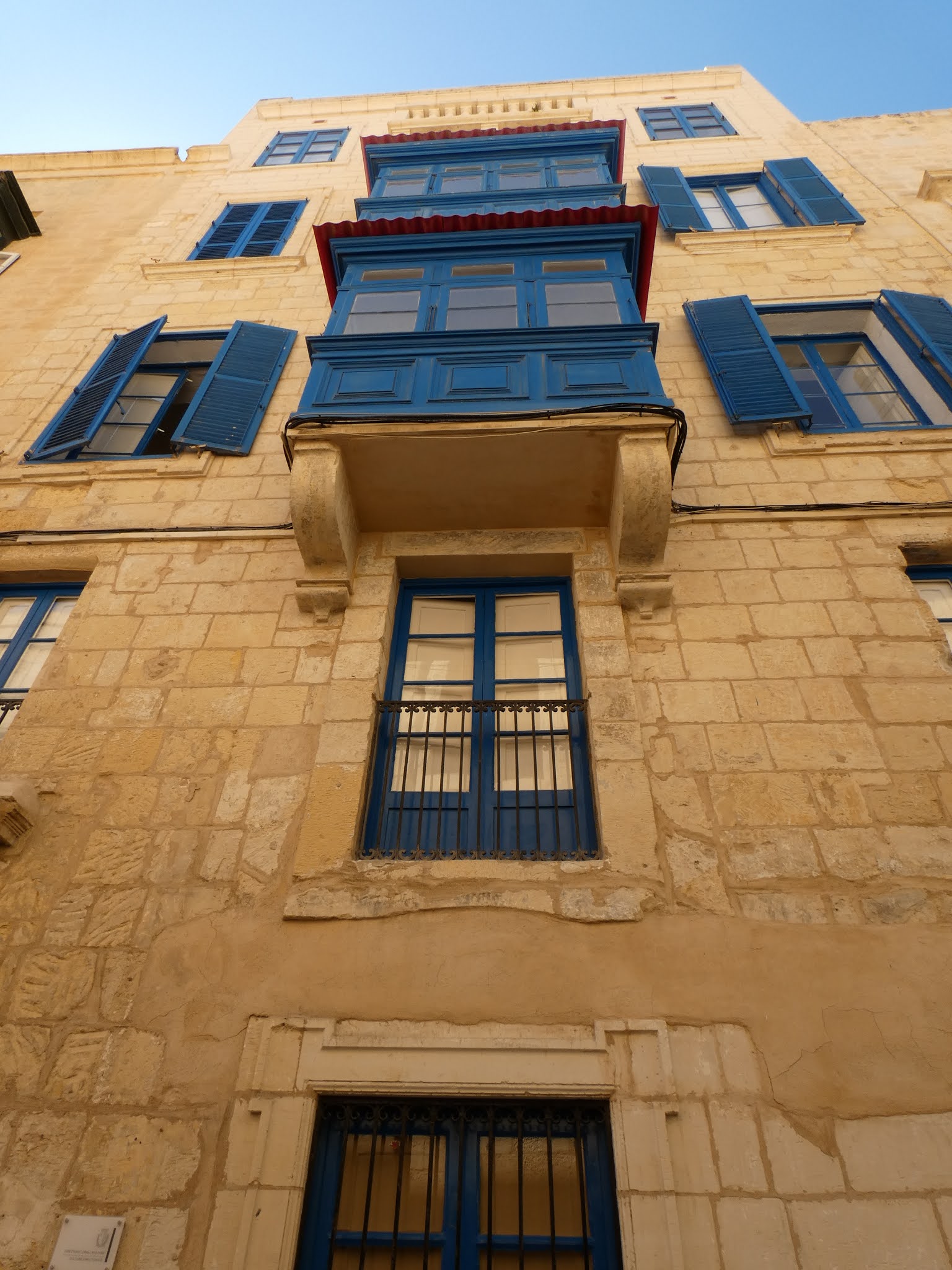












Hi Loree, your photos are exquisite! I'm wondering about the terraced row of buildings on the promenade of the Harbour - were they originally merchant's offices?
ReplyDeleteI have been in Valetta when we made a cruise through the mediteranian sea. I think it was in 2001 and of course I don't remember very much but it was nice to see your photos ! When I was there I thought it looked like Mr. G's hometown in Northern Italy. The funniest thing was that we had a glass on a terrace and suddenly a man with reporters and a whole bunch of people arrived, the man went directly to my husband shaked hands and talked together. Poor R didn' know what happened to him until somebody explained that it was an election campaign !! and in the evening the whole ship could see us on TV !!
ReplyDeleteHello Loree, It must be fascinating to live in an area with this much density of architectural and historical interest. I looked up Alexander Ball, and since he died in 1808, that is really not very old compared to the ancient Classical world, yet his mausoleum is considerably worn, making one wonder how some of the truly ancient buildings have survived.
ReplyDelete--Jim
OH MY.........YOU KNOW I LOVED THIS POST!
ReplyDeleteWHY WOULD MALTA BE THE MOST BOMBED AREA ?I QUESS I SHOULD READ THAT ARTICLE!
THE BALCONIES ARE FABULOUS.............AS WELL AS THE LIMESTONE!
DOn't wait another 2o years to GO BACK!!!
DELICIOUS PHOTOS!!!!!
XXX
Pipistrello: yes, they were warehouse and are still used as such.
ReplyDeleteGattina: one trip to Malta and you became famous. Malta has changed a lot since 2001 unfortunately.
Parnassus: the memorial is very close to the sea and the salt spray wreaks havoc on the limestone, since it is so soft.
Elizabeth: Malta would have been an important acquisition for the Axis because they would have used it to supply their armies in North Africa. In the past Malta's position in the middle of the Mediterranean was considered to be very strategic.
Beautiful photos, the wavy balcony reminds me of ocean waves.
ReplyDeleteThe Pinsa Romana looks delicious!
Loree what a lovely tour. So much history you shared. Never knew about how the island was bombed during WWII. To think 7000 lives were lost is so sad.
ReplyDeleteThe statues at the corner of the streets are amazing. Such wonderful art as well as architecture. Your lunch looks fabulous. Hope you have a great weekend. Hugs!
Loree, I just love your Malta posts about areas like this. First the architecture is just beautiful. I am also interested in the history. I had no idea about the bombings until one of your past posts. Malta sure doesn't get enough attention, for all it's been through. I am struck by the buildings- they remind me so of Southern France, perhaps Antibes, more than Southern Italy for some reason. That flat bread looked amazing! I hope to get to Malta someday! I so enjoy your gorgeous photos and writing. Hope you are enjoying spring. x Kim
ReplyDeleteThank you Kim. I'll try to share more about Malta.
ReplyDelete